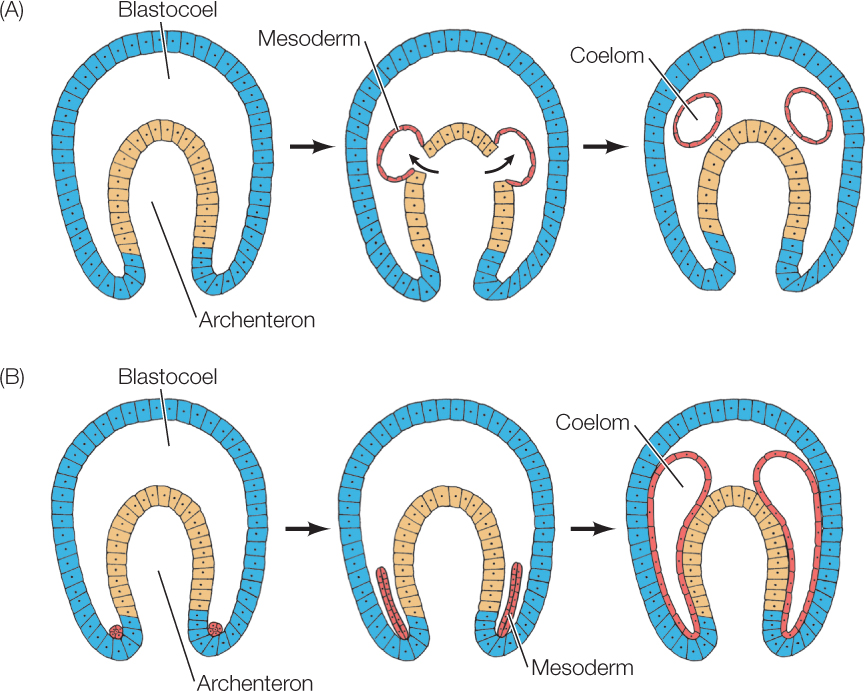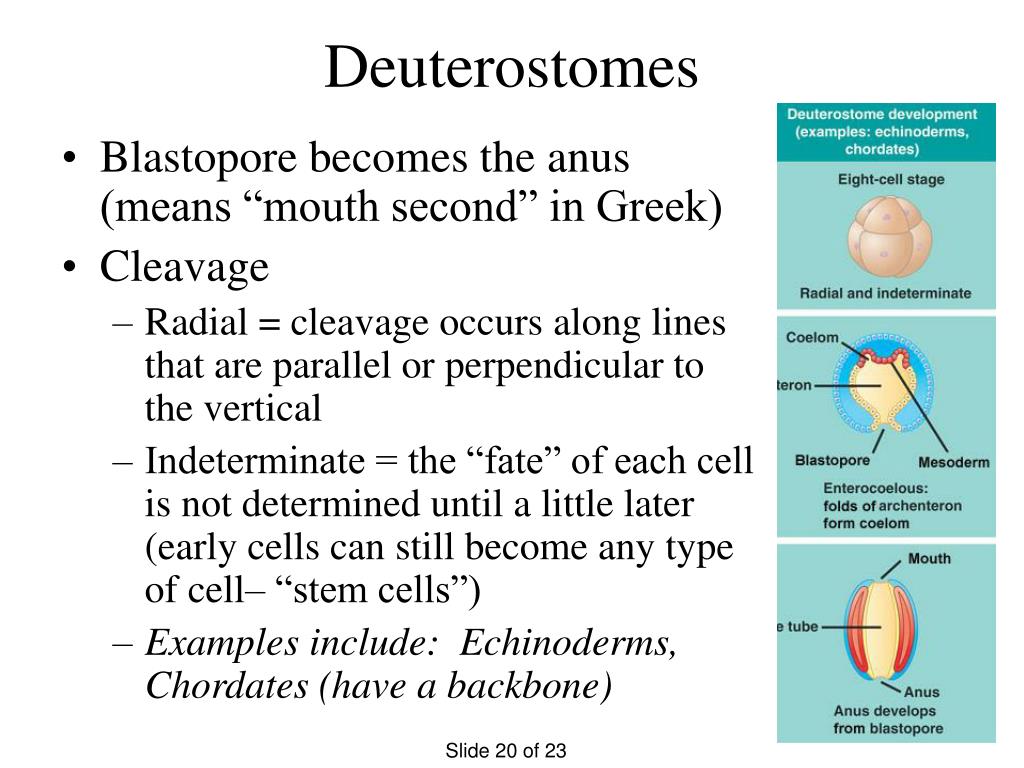

The introduction paragraph should include a thesis statement that provides the focus of the essay.ģ. The purpose of an introduction paragraph is to introduce the topic of the essay.Ģ. Protostomes develop their coelom from a large cavity that forms by splitting the embryonic cells.

Deuterostomes develop their coelom from a small opening in the embryonic gut. Protostomes include arthropods, such as insects and crustaceans, and mollusks, such as octopuses and clams.ĭeuterostomes and protostomes differ in their methods of embryonic development. Protostomes are animals that lack a coelom.ĭeuterostomes include vertebrates, such as fish, amphibians, reptiles, birds, and mammals. Deuterostomes are animals that have a coelom, a fluid-filled cavity that forms during embryonic development. Reproduction in Deuterostomes and Protostomesĭeuterostomes and protostomes are two major phyla of animals. Other subjects, like history, are considered to be difficult because it can be difficult to find information about them. Some subjects, like mathematics, are considered to be difficult because they require a lot of knowledge and expertise to understand and master. Another way is to consider how difficult it is to find information about the subject. One way is to consider the level of knowledge and expertise required to understand and master the subject. The difficulty level of a subject can be defined in different ways. – They typically have a single opening for both the digestive and reproductive systems, while other animals have separate openings for each. – Their mouth is located at the front of their body, while the mouth of other animals is located at the back of their body. – Their embryos typically have a coiled shape, while the embryos of other animals are typically more elongated. They are distinguished from other animals by a number of other characteristics, including: Protostomes include animals such as insects, mollusks, and annelids. This is called “triploblastic” development. In protostomes, the first cell to split forms the animal’s gut, and the second cell forms the animal’s body wall. This is called “diploblastic” development. Most animals develop from a fertilized egg that splits into two cells, with each cell developing into a separate part of the adult animal. Protostomes are a group of animals that are distinguished from other animals by their mode of development. Deuterostomes are also characterized by being the first animals to develop a true anus and a complete digestive system. Characteristics of Deuterostomesĭeuterostomes are a type of animal that is characterized by having a dorsal nerve cord, a pharynx, and a post-anal tail. The main difference between protostomes and deuterostomes is that protostomes develop their organs and body parts in a spiral pattern, while deuterostomes develop their organs and body parts in a linear pattern. Difference Between Protostomes and Deuterostomes In the deuterostomes, the anus forms first and the mouth forms later. In the protostomes, the mouth forms first and the anus forms later.

The main difference between the protostomes and the deuterostomes is in the way the embryos form. The deuterostomes include the chordates and echinoderms. The protostomes include the insects, mollusks, and annelids. The two main groups of animals are the protostomes and the deuterostomes. In deuterostomes, the gut forms by outpocketing, in which the cells of the embryo form a pouch that buds off from the main body. In protostomes, the gut forms by invagination, in which the cells of the embryo fold in on themselves to form a tube. The two divisions are also distinguished by the way they develop their guts. In deuterostomes, the cells divide in a radial pattern, so the anus becomes a hole at the edge of the embryo. In protostomes, the cells divide in a spiral pattern, so the blastopore becomes a hole in the center of the embryo. This difference is due to the way the cells of the embryo divide. In deuterostomes, the anus forms first, and the blastopore forms later. In protostomes, the blastopore (a hole in the embryo that will become the mouth) forms first, and the anus forms later. The two divisions are distinguished by a few key features of their embryos. Deuterostomes are animals that develop their embryos by a process called radial cleavage, in which the cells of the embryo divide in a radial pattern. Protostomes are animals that develop their embryos by a process called spiral cleavage, in which the cells of the embryo divide in a spiral pattern. Protostomes and deuterostomes are two of the most important divisions of animals.


 0 kommentar(er)
0 kommentar(er)
